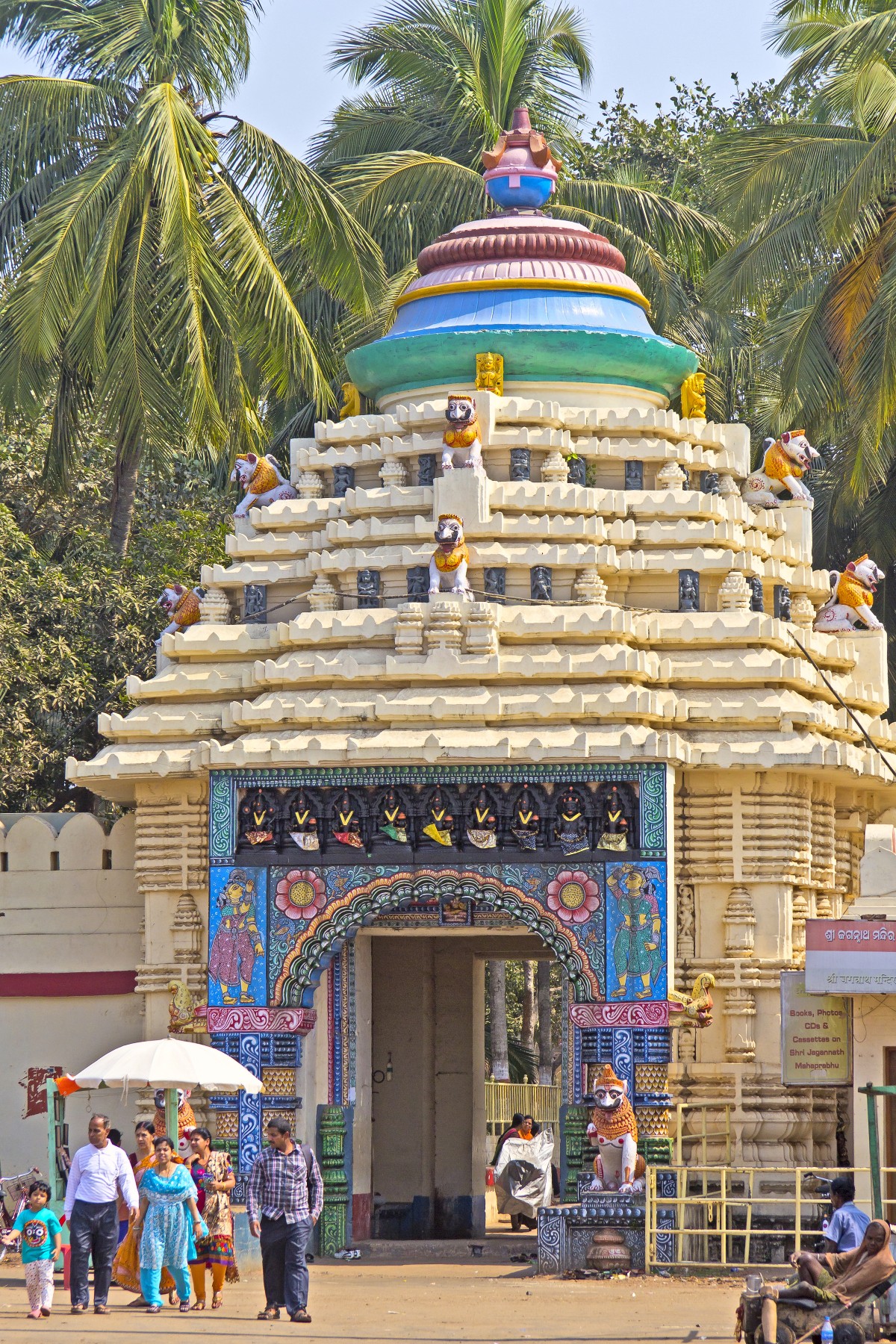In the Hindu month of Ashadha, Jagannath Rath Yatra 2021 Usually begins on Dwitiya Tithi (the second day), Shukla Paksha (waxing phase of the Moon). According to the Gregorian calendar, the event is currently held in June or July. This year Dwitiya Tithi will start from 07:47 on 11th July 2021 and end at 08:19 on 12th July 2021.
The biggest festival in India, the Rath Yatra in Puri celebrates Lord Jagannath, and his siblings (Balabhadra and Subhadra) as a visit to the Gundicha Temple, about 3 km from the Srimandir (main temple) of Lord Jagannath.
Interestingly, the Gundicha temple, which plays a major role during the Rath Yatra, remains empty throughout the year. Every year the deities of Jagannath, Balabhadra and Subhadra spend seven days in the temple during the Shukla Paksha of the month of Ashadha and it becomes the center of all activities.
Here are some legends and lesser known facts about Gundicha Temple:
1. The Gundicha temple is believed to have been named after the wife of Indradyumna, a Malava king, and, according to the Mahabharata, the son of Bharata and Sunanda.
Legends say that when the celestial architect Jagannath was building the temple, Queen Gundicha chanted at the grand site and was so astonished by it that she requested her husband Indradyumna to build another similar temple in honor of the deity.
2. Local lore says that the temple is dedicated to Goddess Gundicha, who is Durga herself. According to folklore, she was Jagannath’s maternal aunt, who along with his siblings used to visit him every year. Gundicha is believed to have the ability to cure smallpox and other diseases. Interestingly, Gundi is translated from Odia as smallpox.
3. Another legend tells of Jagannath and his wife Lakshmi, how they lock Lakshmi in the store room of the Jagannath temple and go to the Gundicha temple for a week. This resonates with the legends of Lord Krishna as it is believed that Jagannath was attended by devadasis representing Krishna’s gopis, led by Radha, at the Gundicha temple.
4. Another myth tells about Chaitanya Mahaprabhu, who is believed to have walked towards the Gundicha temple, unnoticed by his servants and followers, and disappeared forever.
Interestingly, the temple has two gates. The western gate is the main gate of the temple, through which the deities enter the temple during the Rath Yatra. The eastern gate, known as the Nakachana gate, is used for the departure of the deities. Except for the 9-day Rath Yatra when Jagannath is worshipped at the Gundicha temple, the temple remains empty for the rest of the year.
5. A special feature in the worship of deities in the Gundicha temple is that the servants of the Brahmin temple worship instead of the Daityas. Daitas are traditional non-Brahmin servants of Jagannath.
6. Another unusual feature is that the images are smeared with sandalwood paste in large quantities twice a day, as a “cooling agent” (as is usually done for Goddess Gundicha).
7. A major function celebrated at Gundicha Temple during Rath Yatra is on Panchami. On Hera Panchami, the enraged Goddess Lakshmi, in the form of an image of Suvarna Mahalakshmi, comes to the Gundicha temple to meet and interrogate her husband.
8. Another ritual is the ceremony of Dakshina Mode (Turning South) which is celebrated on the next day of Hera Panchami. In preparation for the return journey, the chariots are turned in the south direction towards the main temple and parked near the Nakachana Dwar (east gate) of the Gundicha temple.
9. Dakshina Mode also marks the beginning of the three-day Raas Leela of Jagannath. After spending seven days at Gundicha temple, the return journey of Jagannath, Balabhadra and Subhadra to the main temple is known as Bahuda Yatra.
read all Breaking News, today’s fresh news and coronavirus news Here
